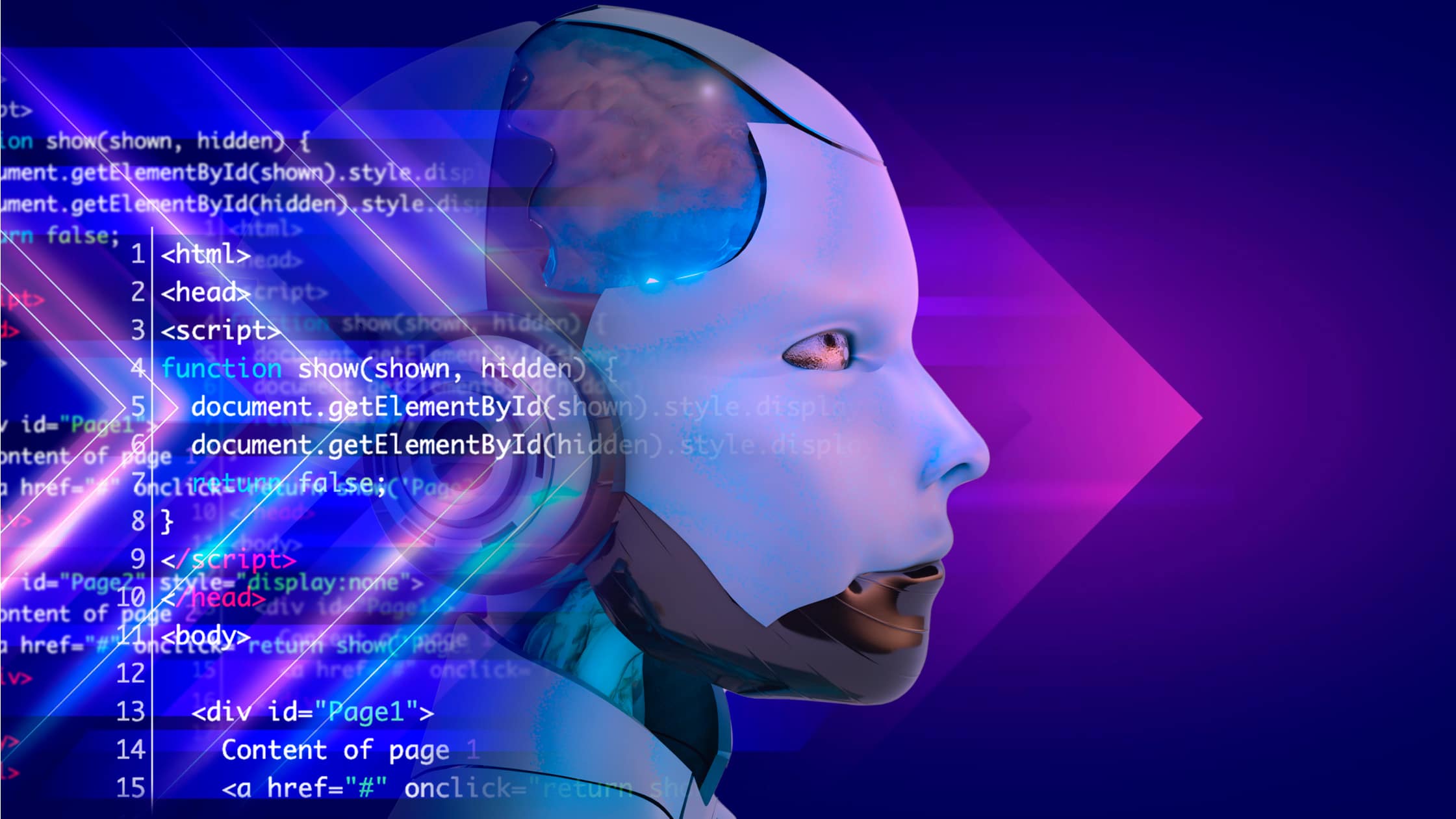Perplexity is a metric used to evaluate the performance of language models. In simple terms, perplexity measures how well a language model predicts a text sample. The lower the perplexity, the better the model predicts the next word in a sequence, meaning it is less “surprised” by the actual outcomes.
Mathematically, perplexity is the exponentiation of the average negative log-likelihood of a sequence of words. While that may sound complex, its intuition is straightforward: it reflects how uncertain the model is when choosing the next word in a sentence. A perfectly trained model would have very low perplexity because it confidently predicts the next token.
Why Perplexity Matters
Perplexity is essential because it offers a quantitative way to evaluate how fluent and predictive a language model is. Unlike accuracy, which measures right or wrong answers, perplexity measures confidence in probability distributions. Language is inherently probabilistic—there’s often more than one “correct” word to follow a sentence. Perplexity tells us how well a model understands these possibilities.
In practice, perplexity gives you a number that reflects the model’s overall language modeling ability if you’re training or comparing language models. It helps researchers and developers tune, improve, and select models that produce more coherent and natural-sounding outputs.
The Intuition Behind Perplexity
Consider perplexity as the average number of choices the model is confused between at each prediction step. If a model has a perplexity of 10, it is, on average, unsure between 10 possible following words. A perplexity of 1 would indicate perfect confidence—one word is the correct next word every time.
Lower perplexity indicates that the model has better internal representations of grammar, semantics, and context. On the other hand, high perplexity means the model finds the data hard to predict and may generate uncertain, erratic, or low-quality outputs.
How Perplexity Is Calculated
Perplexity is calculated based on the likelihood that the model assigns to the correct sequence of words. Specifically, it is derived from the inverse probability of the proper sequence, normalized by the number of tokens.
Here’s the general formula:
Perplexity = 2(−(1/N) ∑ log₂ P(wᵢ | w₁…wᵢ₋₁))
Where:
- N is the total number of words in the sequence
- P(wᵢ | w₁…wᵢ₋₁) is the probability assigned to each word given the previous ones
Although this involves logarithms and probability math, the main takeaway is this: the lower the perplexity, the better the model is at predicting the actual sequence of text.
Perplexity and Language Modeling Tasks
Language models are trained to predict the next token in a sequence. Perplexity provides a natural way to score how well they do this, especially on validation datasets.
For instance, if you input a sentence like:
“The dog chased the…”
A good model should assign a high probability to “cat”, “ball”, or “stick”, and a low one to “universe” or “government.” The more accurate and realistic the model’s probabilities, the lower its perplexity.
This is why perplexity is often used to track training progress, compare model versions, and evaluate across different datasets.
What Is a Good Perplexity Score?
There is no absolute “good” perplexity score because it depends on the dataset, model architecture, and task. However, general guidelines apply:
- Lower perplexity is better. On the same dataset, a model with a perplexity of 20 is usually better than one with 100. Perplexity values below 50 are often achievable for small datasets or simple models
- Large models trained on internet-scale data can achieve perplexities in the single digits (especially when fine-tuned).
- Comparisons are only meaningful across similar settings; you can’t directly compare perplexity scores across very different datasets or tokenization methods.
Perplexity in Different Contexts
In word-level models, each word is treated as a token. In subword-level or byte-pair encoding (BPE) models, each token may be a part of a word. This affects perplexity scores: more tokens per sentence can lead to higher perplexity, even if the model is still good.
Because of this, it’s important to normalize for tokenization when interpreting or comparing perplexity. Modern models like GPT use subword units, so perplexity must be interpreted in that context.
In speech recognition or machine translation, perplexity is used during language model pretraining, but additional task-specific metrics (like BLEU or WER) are needed to assess output quality.
Perplexity vs. Accuracy
Perplexity and accuracy both measure model performance, but in different ways. Accuracy evaluates whether a model picks the exact correct answer, while perplexity measures how confident the model is in its guesses, even when it’s wrong.
For example, in a sentence completion task:
- A model with low accuracy but low perplexity might assign high probability to the correct word but not select it.
- A model with high accuracy but high perplexity might get the right answer occasionally but be wildly off in others.
Thus, perplexity reflects probabilistic performance, not binary correctness.
Limitations of Perplexity
Output Coherence
Perplexity measures how well a model predicts individual words but not how well it forms coherent or meaningful sentences. A model can have low perplexity yet generate repetitive, contradictory outputs, or lack logical flow, making it unreliable for evaluating the overall quality of generated text.
Semantic Correctness
Since perplexity is based purely on probability, it doesn’t evaluate whether the content is factually accurate or semantically meaningful. A model might assign high probability to fluent but incorrect or nonsensical sentences simply because they match common language patterns.
Downstream Task Performance
In tasks like translation, summarization, or question answering, a model’s performance is often better judged by human understanding or task-specific metrics (e.g., BLEU, ROUGE). Perplexity may not correlate well with human preferences or utility in these contexts.
Bias and Fairness
Perplexity offers no insight into ethical issues such as bias, fairness, or toxicity in model outputs. A model may achieve low perplexity while still producing harmful or discriminatory outputs, which is especially problematic in real-world applications.
Perplexity in Modern AI Models
Large language models like GPT-3, GPT-4, LLaMA, and PaLM still use perplexity during training and fine-tuning. It helps developers track progress and compare models during pretraining.
However, once models are deployed, perplexity becomes less useful for real-time evaluation, especially because many applications now involve generation tasks, where fluency, diversity, and usefulness matter more than prediction likelihood.
Still, perplexity remains a core metric during development, particularly for assessing:
- Model convergence
- Token prediction consistency
- Generalization to unseen data
Best Practices to Improve Perplexity During Training
To reduce perplexity (i.e., improve the model), developers may try the following:
Use Larger and More Diverse Training Datasets
Training on broader and higher-quality text sources helps the model learn more patterns, improving its generalization ability and lowering perplexity on new inputs.
Increase Model Capacity
Larger models with more parameters (layers, attention heads, etc.) can capture more complex linguistic patterns and dependencies, often leading to lower perplexity and better predictions.
Optimize Tokenization
Efficient tokenization (like using subword units or byte-pair encoding) helps reduce vocabulary size and ambiguity. It also makes it easier for the model to learn word structures and relationships, which improves perplexity.
Fine-Tune on Relevant Domains
Customizing the model on domain-specific data (e.g., legal, medical, or technical text) helps reduce perplexity in that domain by tailoring the model’s language understanding to the topic.
Regularization and Curriculum Learning
Applying dropout, weight decay, and gradually increasing task complexity during training helps prevent overfitting and enhances generalization, reducing perplexity on training and test data.
Perplexity is a central concept in evaluating language models. It measures a model’s confidence in predicting sequences of words or tokens. Lower perplexity means the model is more fluent and accurate in language understanding. While it’s not a perfect metric, it remains a valuable tool for training, comparing, and improving models, especially during development.
As language models grow more powerful and complex, perplexity serves as a foundation for tracking progress, even as we complement it with other measures like human evaluations, safety tests, and application-specific metrics.



